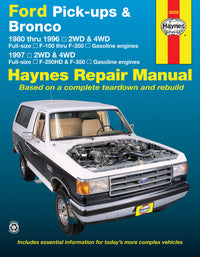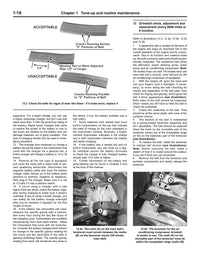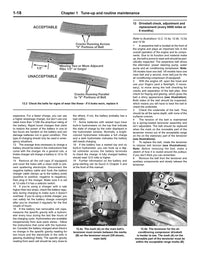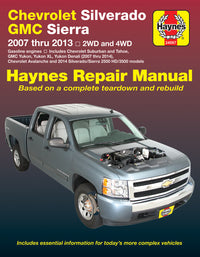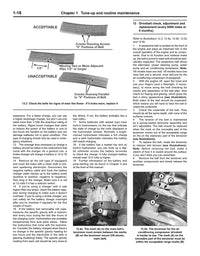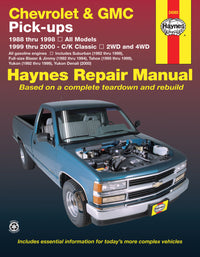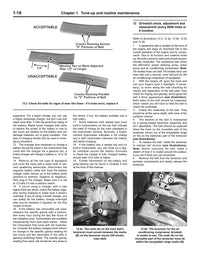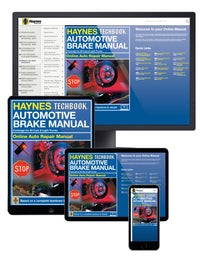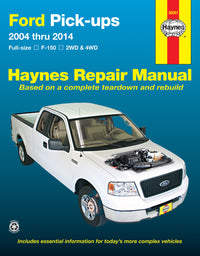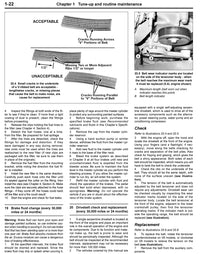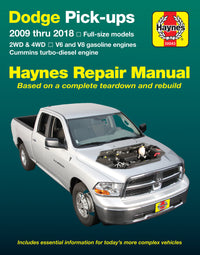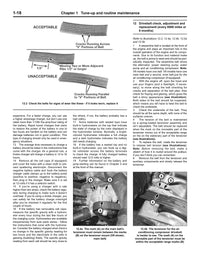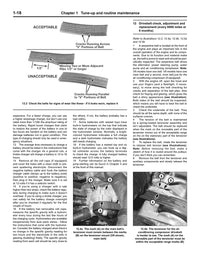A hand brake is precisely that – a brake you apply by hand. It's also known as a parking brake, and is usually located on the centre console but can sometimes be found between the driver’s seat and the door.
It applies the rear brake pads or shoes via a cable and is used when the car is stationary to stop it rolling forwards or backwards.
To apply it, you hold the hand grip, press the button (usually at the end of the grip) and raise the lever.
As you raise it you’ll feel resistance as the brakes are applied. When you feel the brakes are exerting sufficient force to hold the car, you release the button and the ratchet engages to hold the lever (and the brakes) in place.
To release the brakes you raise the lever slightly, press the button to disengage the ratchet, and lower the lever.

Some drivers don’t press the button when raising the hand brake. It still operates as normal, but over time the ratchet teeth can wear and cause the handbrake - and the rear brakes - to fail, so it’s good practice to use the hand brake button when you’re raising the lever.
Sometimes, the parking brake takes the form of a small pedal down at the left-hand side of the driver's footwell.
You press the pedal with your foot to apply the brake and release it via a handle on the dashboard.
Handbrake pulling up too high before the brakes engage? The cable may have stretched or the rear brakes may be worn.
The cable can be adjusted via a nut behind the handbrake assembly and the rear brakes can be changed by following advice in your car's Haynes Manual.

